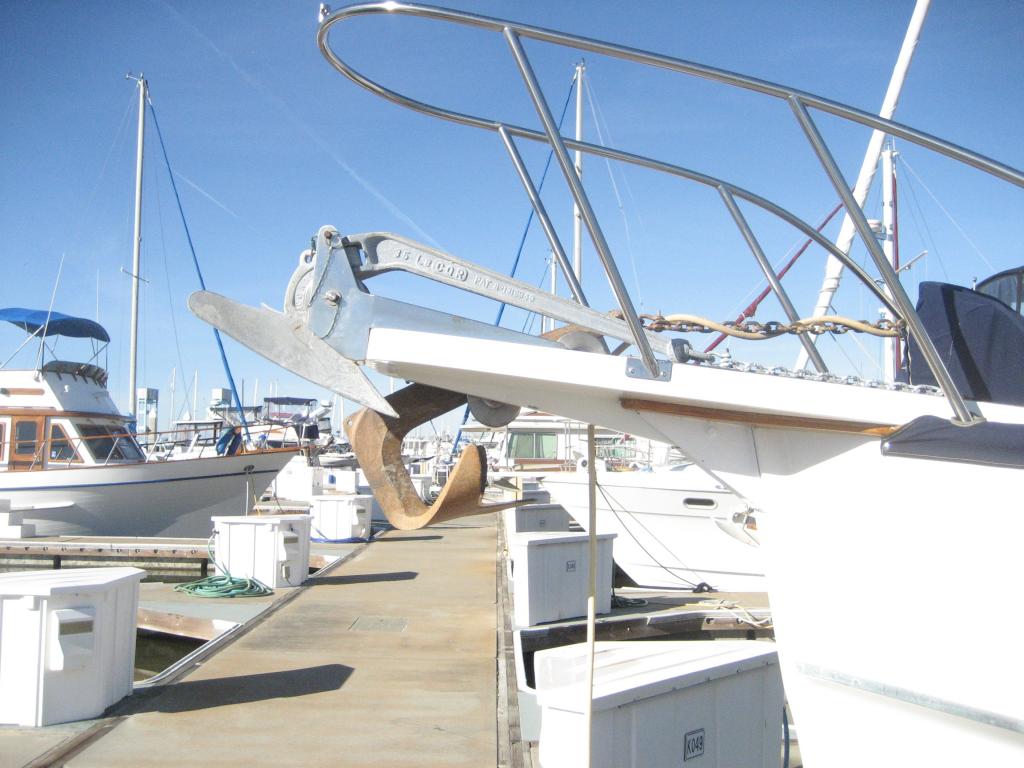Steve Bedford
Senior Member
"I may deliver the anchors to Steve (for submerged experimentation) or work on them myself this winter. Right now I'm scrambling to get things done on boat and around the house before non painting or freezing weather arrives."
Been prepping for the bad weather threatening the east coast for the last couple of days and oh my, what I missed on this thread. The ability of any anchor to be in the penetration position when force (pull) is placed on the rode is due to a number of factors, hopefully researched by the anchor manufacturer, in the anchor design. I would refer to the manufacturer to have them explain then compare this information to your own experiences and what others have experienced. I can only speculate about other anchors from what I read, am told, and experimented on. Know for sure about our anchor's design.
As far as sending me some anchors for "submerged experimentation", I would love to have them. I have quite an inventory of other company's anchors but always looking to add to that collection.
Steve
Been prepping for the bad weather threatening the east coast for the last couple of days and oh my, what I missed on this thread. The ability of any anchor to be in the penetration position when force (pull) is placed on the rode is due to a number of factors, hopefully researched by the anchor manufacturer, in the anchor design. I would refer to the manufacturer to have them explain then compare this information to your own experiences and what others have experienced. I can only speculate about other anchors from what I read, am told, and experimented on. Know for sure about our anchor's design.
As far as sending me some anchors for "submerged experimentation", I would love to have them. I have quite an inventory of other company's anchors but always looking to add to that collection.
Steve






